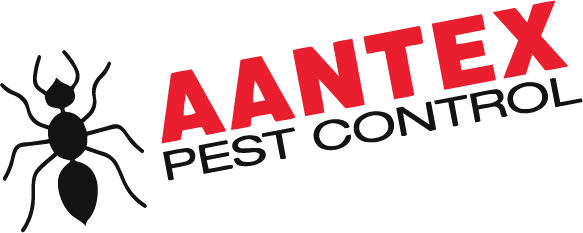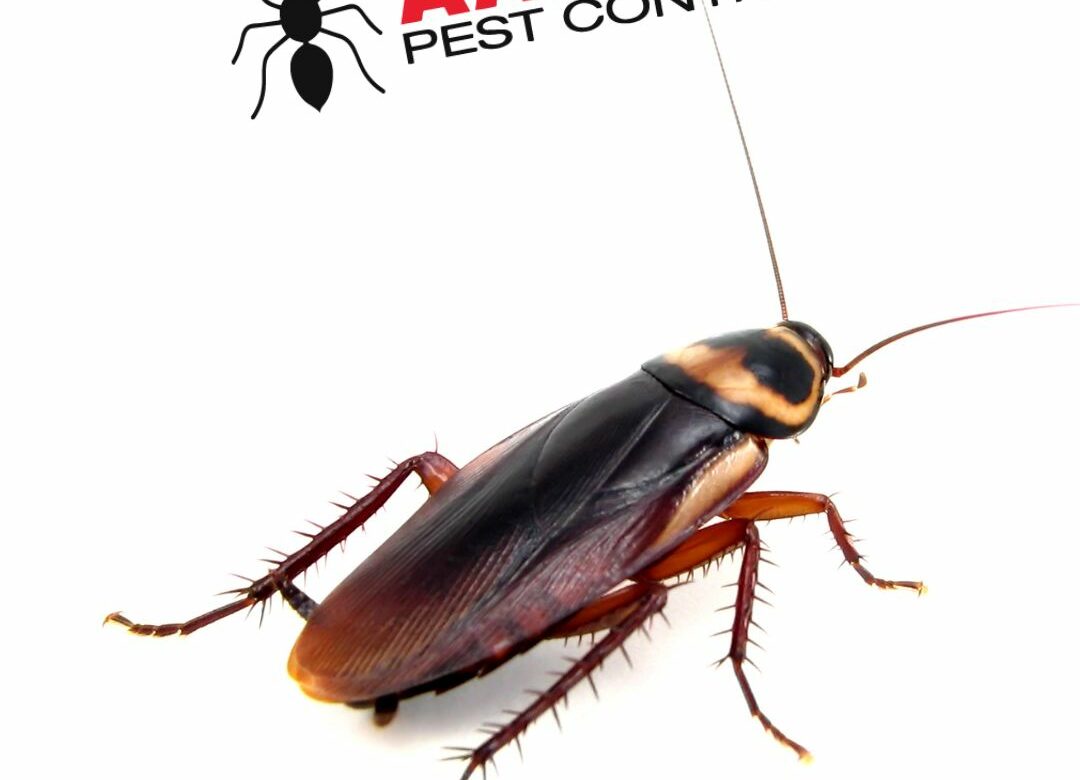Welcome to our comprehensive guide on the common roach species found in homes. Dealing with roaches can be a daunting task, especially when you’re not familiar with the various species and their habits. In this article, we will explore the different types of roaches that frequently invade homes, their characteristics, and effective strategies to prevent and eliminate infestations. Whether you’re a homeowner, renter, or simply curious about these pests, this guide will equip you with the knowledge you need to tackle roach problems head-on.
Welcome to our comprehensive guide on the common roach species found in homes. Dealing with roaches can be a daunting task, especially when you’re not familiar with the various species and their habits. In this article, we will explore the different types of roaches that frequently invade homes, their characteristics, and effective strategies to prevent and eliminate infestations. Whether you’re a homeowner, renter, or simply curious about these pests, this guide will equip you with the knowledge you need to tackle roach problems head-on.
Common Roach Species in Homes
Roaches are a resilient and adaptable insect species that have evolved to thrive in a variety of environments, including homes. Understanding the common roach species found in residential settings is crucial for effective pest management. Let’s delve into the details of each species and gain insight into their behavior and preferences.
American Cockroach (Periplaneta americana)
The American cockroach, also known as the “waterbug,” is one of the largest roach species found in homes. These reddish-brown insects measure about 1.5 inches in length and possess distinctive yellowish markings on their pronotum. Although they prefer warm and damp areas like basements and sewers, American cockroaches can be found throughout the house.
American cockroaches are known for their ability to fly short distances and their affinity for human food sources. They have a wide-ranging diet, including starches, sweets, and decaying matter. Due to their large size and unsightly appearance, American cockroaches can cause significant distress to homeowners.
German Cockroach (Blattella germanica)
The German cockroach is one of the most common and troublesome roach species found in homes worldwide. These light brown roaches are small, measuring only about half an inch in length. They have two dark stripes running parallel down their pronotum, making them easily distinguishable.
German cockroaches are known for their rapid reproductive capabilities, making infestations challenging to eradicate. They prefer warm and humid environments, such as kitchens and bathrooms, where they have easy access to food and water sources. These roaches are highly adaptable and can breed quickly, posing a serious threat to hygiene and well-being.
Oriental Cockroach (Blatta orientalis)
The Oriental cockroach, often referred to as a “waterbug” or “black beetle,” is a common roach species found in homes with high humidity levels. These shiny, dark brown to black roaches measure around 1 inch in length and have a distinctive glossy appearance.
Unlike some other roach species, Oriental cockroaches are not adept climbers and are typically found on lower floors of buildings. They prefer cool, damp areas like basements, crawl spaces, and drains. These roaches have a strong attraction to decaying organic matter and can emit a foul odor when disturbed.
Brown-banded Cockroach (Supella longipalpa)
The Brown-banded cockroach is a smaller roach species that can infest homes, particularly in warmer regions. These light brown insects measure about half an inch in length and have two light-colored bands running across their wings and abdomen.
Brown-banded cockroaches have a unique preference for warm and dry areas within homes. They are often found in bedrooms, living rooms, and other spaces where they can hide in furniture, appliances, and electrical devices. Unlike other roach species, Brown-banded cockroaches have a tendency to infest higher areas of buildings.
Smokybrown Cockroach (Periplaneta fuliginosa)
The Smokybrown cockroach is another large species that can become a nuisance in homes. These dark brown roaches have a sleek and shiny appearance, measuring around 1.25 inches in length. They are known for their ability to fly and are attracted to lights.
Smokybrown cockroaches thrive in warm and humid climates, making them common in southern regions. They prefer outdoor habitats but can enter homes through gaps and cracks. These roaches are highly attracted to decaying organic matter and are often found near compost piles, woodpiles, and mulch.
Frequently Asked Questions (FAQs)
Q: How can I prevent roaches from infesting my home?
A: To prevent roach infestations, ensure your home is clean and free of food debris. Store food in airtight containers, repair any plumbing leaks, seal cracks and crevices, and maintain proper sanitation practices. Regularly clean behind appliances and in hard-to-reach areas.
Q: What should I do if I discover a roach infestation in my home?
A: If you suspect a roach infestation, it’s crucial to take immediate action. Start by identifying the roach species to determine the most effective treatment approach. Implement integrated pest management strategies, such as using baits, traps, and insecticides specifically formulated for roaches. Consider seeking professional pest control services for severe infestations.
Q: Are roaches harmful to humans?
A: While roaches are generally considered a nuisance, they can pose health risks. Roaches can contaminate food and surfaces with bacteria, allergens, and pathogens. They are known to trigger asthma and allergies, particularly in sensitive individuals. Additionally, some people may experience skin irritation when in contact with roach secretions.
Q: Can roaches survive without food and water?
A: Roaches are incredibly resilient and can survive for extended periods without food and water. They have a slow metabolism and can enter a dormant state, conserving energy until resources become available. However, depriving roaches of sustenance is not a reliable long-term strategy for eliminating infestations.
Q: How long does it take to eliminate a roach infestation?
A: The duration of roach elimination varies depending on factors such as the severity of the infestation, roach species, and treatment methods used. It may take several weeks to months to completely eradicate an infestation. Consistency and thoroughness in implementing control measures are crucial for successful elimination.
Q: Are DIY roach control methods effective?
A: DIY roach control methods can be effective for small infestations or as part of an integrated approach. However, severe or recurring infestations often require professional intervention. Pest control professionals have the expertise and access to more potent insecticides that can effectively target and eliminate roach populations.
In conclusion, familiarizing yourself with the common roach species found in homes is essential for effective pest management. By understanding their habits, preferences, and vulnerabilities, you can take proactive measures to prevent infestations and address existing problems promptly. Remember to maintain proper sanitation, seal entry points, and implement appropriate control measures to keep your home roach-free. With the knowledge gained from this comprehensive guide, you are now equipped to tackle roach-related challenges confidently.

